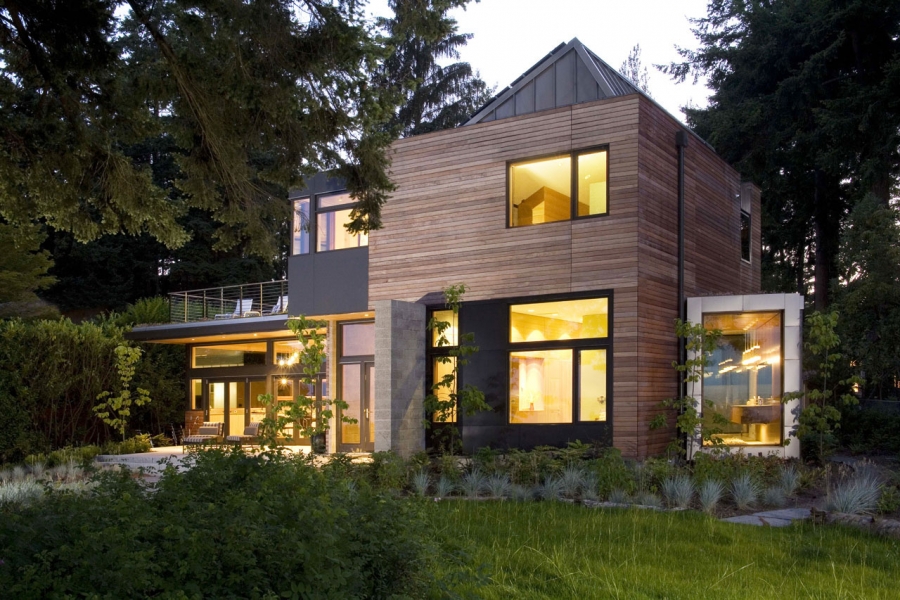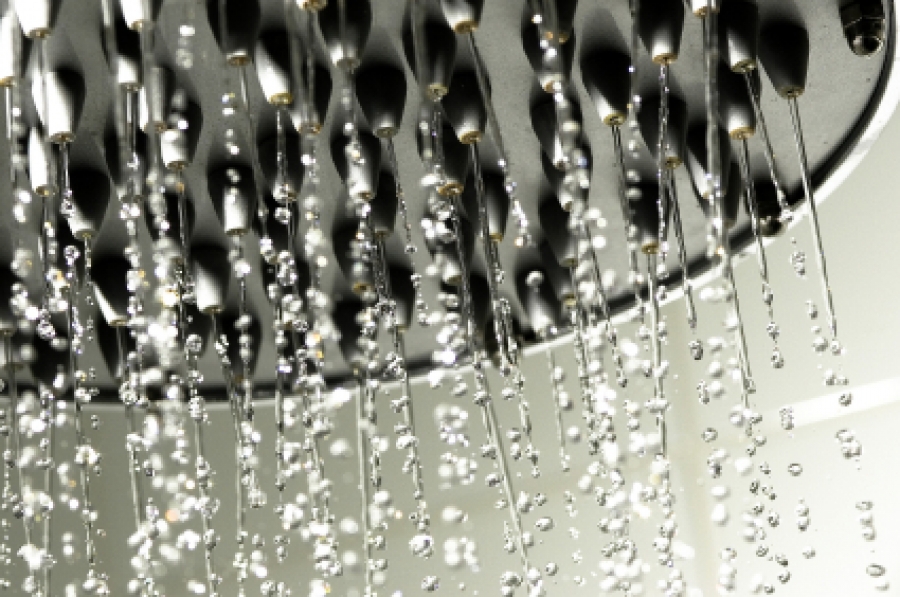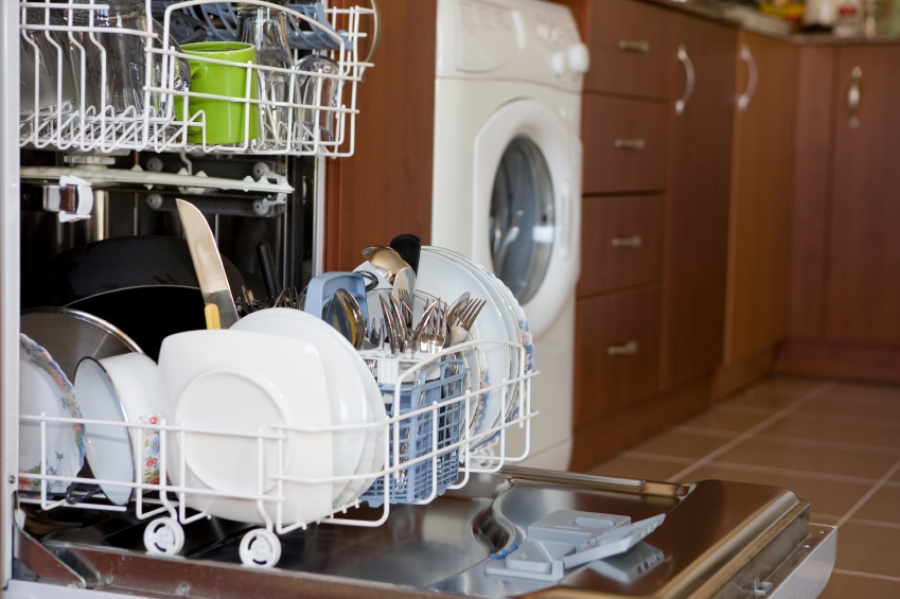5 Green Home Trends for 2012
Video
Green is here to stay! Here’s what to watch for in the next few months.
With 2011 quickly drawing to a close, it’s time to take out our crystal ball and conjure up the green home trends that will shape our choices in the coming year. Many of these trends will sound very familiar; some have evolved out of economic necessity, while others exist thanks to great advances in technology. Whether you already own a home or plan to build a new one, there’s bound to be at least one trend that appeals to you.
Renovation Nation
It’s not news that home construction has been on the decline for the past few years (thanks a lot, economy!), but that might not be an entirely bad thing. In many cases, it makes more sense financially to renovate an existing home rather than start from scratch, and renovation actually can be a green move. Renovations save on building materials and waste and also preserve undeveloped natural land.
If you are a homeowner, invest in energy-efficient upgrades that reduce your home’s heating and cooling loads by adding more insulation in the walls, roof, and floors; sealing up leaks or installing new windows; and upgrading old HVAC equipment with Energy Star-rated models. If your home’s layout is no longer meeting your family’s needs, get in on the trend of building an “accessory dwelling unit,” an additional small structure that serves as a mother-in-law-suite, studio, office or extra storage space.
Smaller Footprints
When the opportunity does present itself to build anew, most of us will be building smaller in 2012. Less square footage means less cost for materials and labor, as well as less energy to heat and cool the finished spaces. It’s a win–win and – we promise! – a smaller home doesn’t have to mean a cramped home. Really think about the way you live: do you need that giant master bedroom suite in which you never spend time? Isn’t a combo family room/kitchen/dining area a lot cozier and more functional than separate, more formal spaces?
According to a survey of builders conducted by the National Association of Home Builders (NAHB), new homes will average 2,152 sq. ft. in size by 2015, compared with a peak of 2,521 sq. ft. in 2007. That is still more than enough space for most of us!
Net Zero
For those overachievers out there, just saving energy is not enough. Why not go all the way and make your home net-zero? A net-zero home generates as much energy as it consumes, netting out at, well, zero energy. Most net-zero homes achieve this designation by combining a variety of passive and active design strategies. Passive strategies include thoughtfully placed windows that utilize or prevent solar heat gains, plenty of natural ventilation, and well insulated walls. These tactics reduce energy use, but when it comes to producing energy, it’s necessary to install some sort of renewable energy system such as solar panels, geothermal wells, or even wind turbines.
Net-zero water is another term you’ll probably hear more in 2012. Not only should you replace outdated plumbing fixtures with newer, more efficient versions (and install low-flow showerheads and faucet aerators), but consider a gray-water reuse and/or rainwater collection system. Many municipalities, especially those located in arid climates, are taxed to the max, what with dwindling water supplies.
Energy Monitoring Systems
Programmable thermostats were a genius invention, but technology now allows us to monitor our energy use more comprehensively and in real time. These new gadgets tie into your home’s circuit and allow you to examine the data on a screen or even from the convenience of your laptop or smartphone. The premise is that the more aware you are of your energy consumption, the more ways you can find to cut back. It’s like challenging yourself to a fun game! The prize? Lower electric bills and, of course, the peace of mind that you are doing your part to help the environment. Popular models include The Energy Detective (TED), GE Nucleus, and the eMonitor by Powerhouse Dynamics. More models are becoming available all the time, so expect prices to drop in the coming year.
LEDs
By now you’ve accepted that incandescent bulbs, despite their warm glow, aren’t very energy-efficient. Compact fluorescents (CFLs) have been touted as the best replacement. However, LEDs use even less energy than CFLs and have much longer lifetimes. Although LEDs were previously dismissed for residential use because of their many drawbacks – cool color temperatures, low lighting output and high price – they’ve come a long way in recent years. That $20 bulb now costs closer to $15, and you can expect prices to continue to drop. We probably won’t be lighting our entire homes with LEDs by the end of 2012, but we can start incorporating them and watch our bills drop accordingly.
Watch for these green trends to continue throughout 2012 and beyond and keep your eyes open for trends that no one has spotted yet!

Murrye Bernard
Murrye is a freelance writer based in New York City. She holds a Bachelor's degree in Architecture from the University of Arkansas and is a LEED-accredited professional. Her work has been published in Architectural Record, Eco-Structure, and Architectural Lighting, among others. She also serves as a contributing editor for the American Institute of Architects' New York Chapter publication, eOculus.
Website: www.murrye.com



